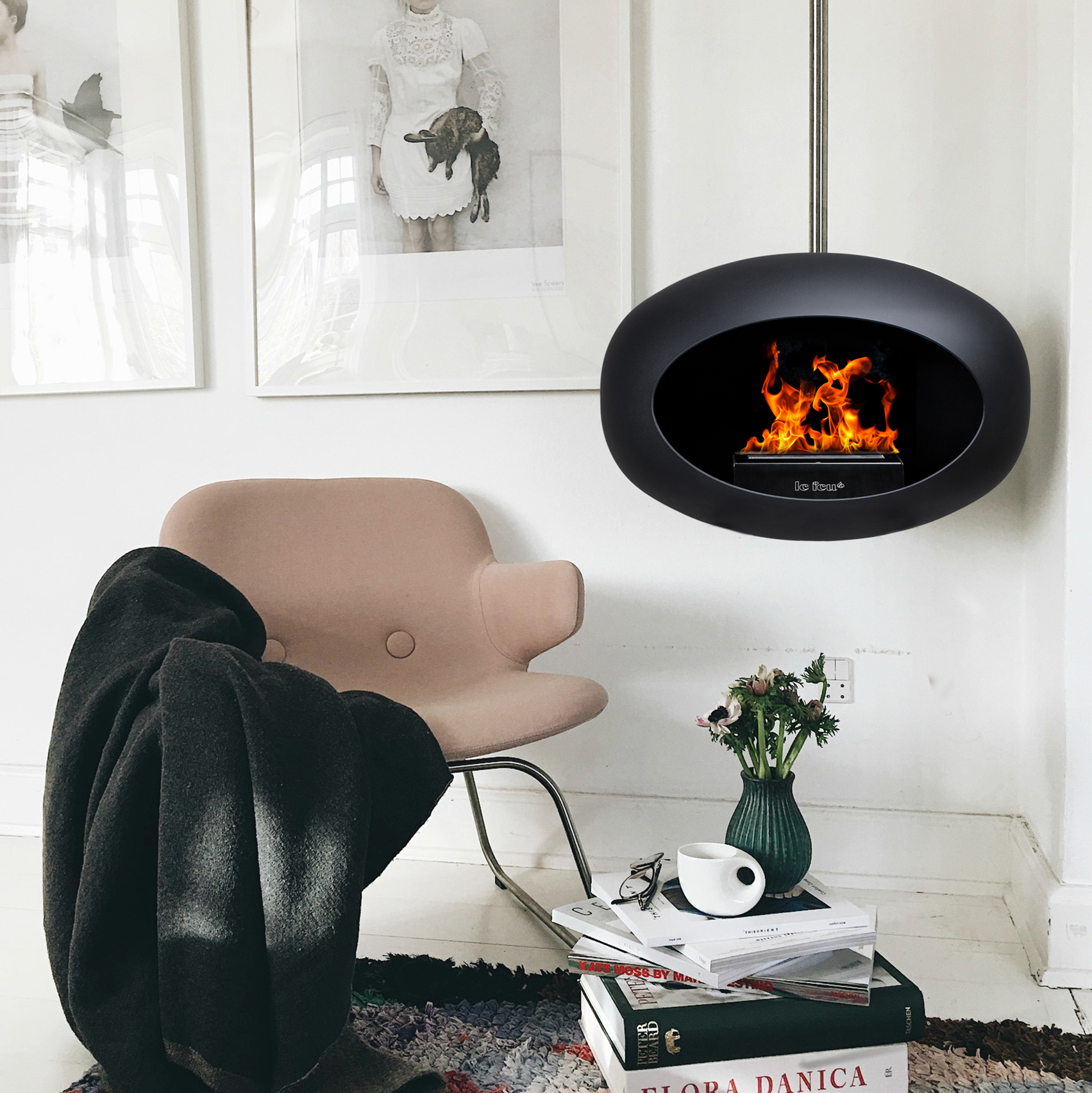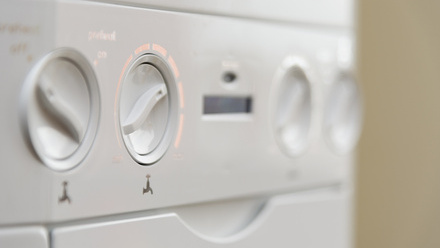It’s all change in the world of wood burning stoves as the 2019 Clean Air Strategy and concerns over their environmental and health effects make them a much less appealing option for UK homes. If you’re looking for an alternative to a log burner, we examine the best options available.
Are wood burning stoves still the best option?

Cosy, characterful and great at quickly turning a room from chilly to toasty, wood burning stoves are a hugely popular feature in homes across the UK – in fact, an estimated one million plus UK households have one, according to stove and fireplace specialists Chesneys.
However, wood burning stoves are not the right choice for everyone. Those living in smokeless zones are not permitted to fit one. Some people feel they require too much maintenance when it comes to cleaning them out and ensuring a constant supply of firewood. While others have no chimney or may have concerns over the environmental impact of a wood burning stove.
Thankfully, it is still possible to create a snug, warm and cosy home without one, and our round-up of the best wood burning stove alternatives will ensure flickering flames are still within your reach.
Are wood burning stoves being banned?
Not exactly, no. The Government’s 2019 Clean Air Strategy has created a bit of misunderstanding for some people. While wood burning stoves are not being banned, the new legislation does mean that all new stoves or fires on sale from 2022 do need to be Ecodesign models. It will still be permissible to burn wood in the home, but all wood sold for domestic use (in volumes of less than 2 cubic metres) must have a moisture content of less than 20%. Wet wood in volumes greater than 2 cubic metres will also have to be sold with advice on how to dry it before burning.
What are the alternatives to wood burning stoves?
If you have decided that a traditional wood burning stove is not the right option for you, just what are the alternatives? They fall into three categories: gas, bioethanol and electric.
Why choose a gas fire?

Gas fires offer the same warmth and flickering flame as log burners and come in a huge range of styles to suit your home – from classic and sturdy to sleek, modernist works of art. With no ash or sooty deposits to clean up, they’re a great option for those wanting a hands-off stove experience – plus the top models can often be controlled via remote control from the comfort of your sofa.
While you won’t need to order and buy logs for this option, you will need a gas supply. On the downside, if it’s the gentle crackle and woody smell of logs burning you are craving, then you might be disappointed. You should also note that even though no chimney is required for a gas stove, you will need adequate ventilation. Finally, a gas fire installation requires the services of a Gas Safe registered engineer in order to comply with regulations.
Gas fire: pros and cons
+ Range of styles to fit your home
+ Easy to maintain and control
+ Cheaper to run than an electric fire
– No wood-burning crackle or smell
Why choose a bioethanol fire?

Bioethanol fuel is a form of renewable energy produced from common crops such as corn, hemp and sugarcane. Increasingly popular as an alternative to wood burning, the advantages of bioethanol fires include a visually pleasing living flame and no harmful fumes (they burn with 98% efficiency). No chimney is required and an average burn time of around seven hours can be expected with quality models.
A bioethanol fire doesn’t require specialist fitting and can easily be slotted into a traditional fireplace, which is a real bonus for those wanting a cosy focal point in their home. Contemporary wall-mounted and even freestanding designs are also available, many can be controlled via a tablet, phone or remote control.
However, although they do give off a good amount of heat, they tend not to reach the levels offered by a wood burning stove or open fire and so the size of your room will determine whether a bioethanol fire is viable as your primary heat source.
Bioethanol fire: pros and cons
+ No smoke, fumes or mess
+ Simple to fit, use and control
+ No chimney or ventilation required
– No wood-burning crackle or smell
Why choose an electric fire?

Finally, electric fires. These are easy to install (connected to your mains electricity supply), require no chimney and are maintenance-free, plus they are one of the more cost-effective types of fire to buy.
However, there are disadvantages with electric fires to consider. They do not produce real flames and even though there are some fairly realistic flame effects out there, it’s hard to beat the real thing. Then there is the fact that they become redundant should you experience a power cut. And if you’re looking for a winter warmer, they do not give off the same levels of heat as gas or wood burning stoves – most electric fires and stoves are limited to just 2kW or less.
Electric fire: pros and cons
+ No smoke, fumes or mess
+ Simple to use and control
+ No chimney or ventilation required
– Fewer style options than gas fires
– No wood-burning crackle or smell
Wood burning stove alternatives: Conclusion
While electric fires are the most cost-effective option, they’re also the least aesthetically pleasing and least powerful as a primary heat source. Bioethanol fires are easy to install, eco-friendly and appealing to look at with their natural flames. But for the number of boxes ticked as the closest alternative to a wood burning stove, it has to be the good old gas fire. Available in a range of attractive styles and offering a cosy living flame and serious room-filling warmth as and when you need it, the only thing missing is the unmistakable crackle only a wood burning stove can give you.
Find the best eco product for your home
See our independent reviews for the latest advice on eco products for your home.









